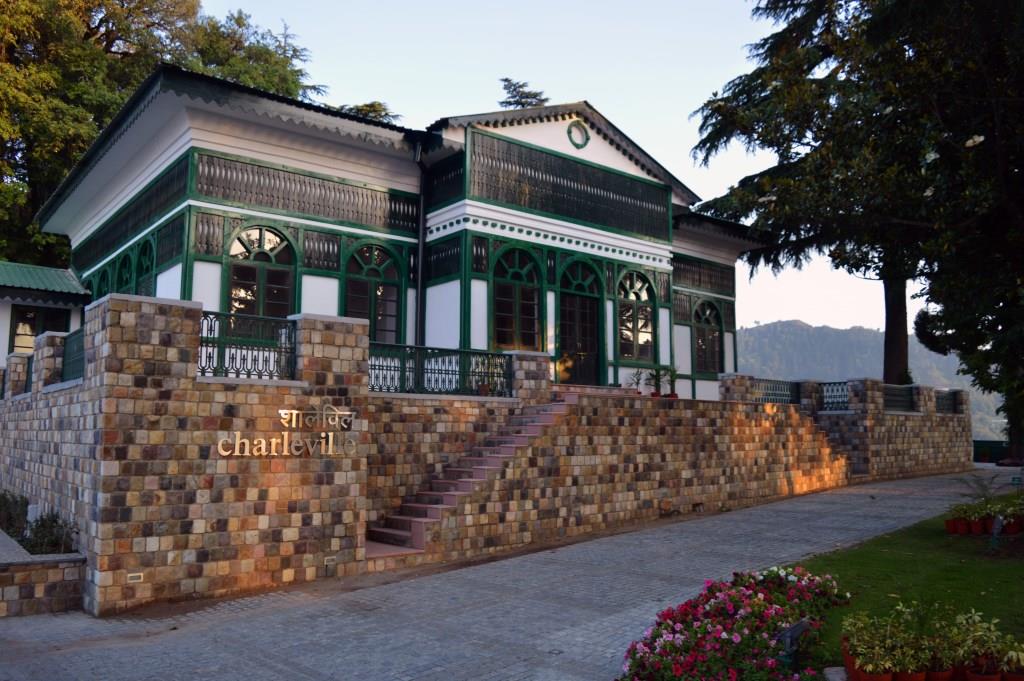Discuss the applications and special features of recently launched Radar imaging satellite-2B by ISRO. (200 Words)
Refer - The Hindu
Enrich the answer from other sources, if the question demands.

K. V. A 5 years
Pls review

IAS Parliament 5 years
Good answer. Keep Writing.

IAS Parliament 5 years
KEY POINTS
· RISAT-2B will enhance India’s monitoring capabilities for civil and military purposes.
Applications
· There is a military utility to the satellite, it can be used for enhanced surveillance and checking cross-border infiltration and it can carry on its observation functions even in poor weather, generating images from the ground, the potential it has for other areas is far to great to play second fiddle to its surveillance potential.
· The satellite will enhance India’s capability in crop monitoring during the monsoon season, forestry mapping for forest fires and deforestation, and flood mapping as part of the national disaster management programme.
· Given that overcast skies are a constant during the monsoon season and during times of flood, the ability to penetrate the cloud cover is essential.
Special features
· While optical remote sensing that relies on visible light for imaging gets obstructed by clouds, RISAT-2B will use microwave radiation.
· Unlike visible light, microwaves have longer wavelength and so will not be susceptible to atmospheric scattering.
· Microwave radiation can thus easily pass through the cloud cover, haze and dust, and image the ground. Hence, RISAT-2B satellite will be able to image under almost all weather and environmental conditions.
· Since it does not rely on visible light for imaging, it will be able to image the ground during both day and night. The satellite does not have passive microwave sensors that detect the radiation naturally emitted by the atmosphere or reflected by objects on the ground.
· Instead, RISAT-2B will be transmitting hundreds of microwave pulses each second towards the ground and receiving the signals reflected by the objects using radar.
· The moisture and texture of the object will determine the strength of the microwave signal that gets reflected. While the strength of the reflected signal will help determine different targets, the time between the transmitted and reflected signals will help determine the distance to the object.
Madhaba Chandra gharai 5 years
Sir check it.

IAS Parliament 5 years
Good answer. Keep Writing.